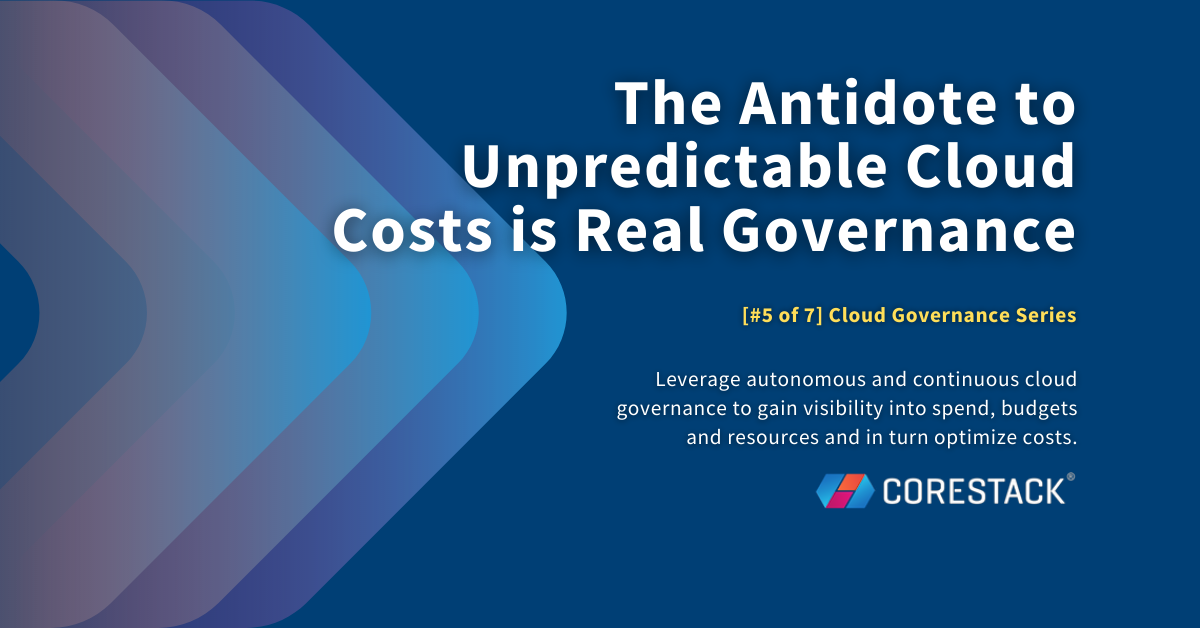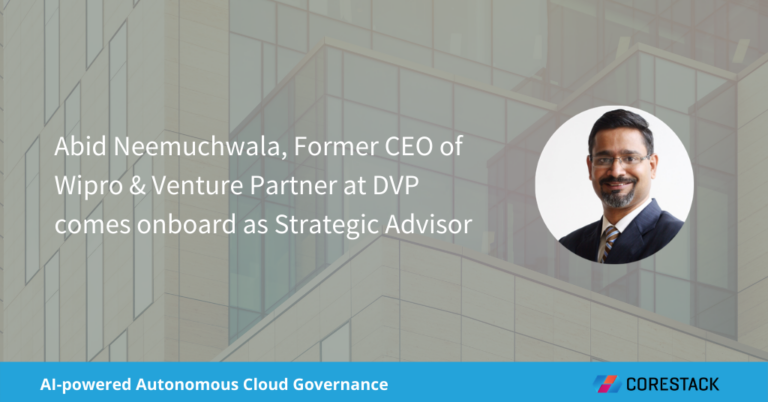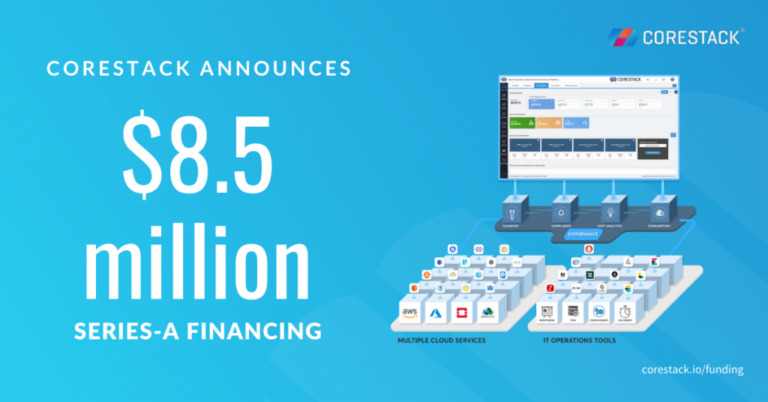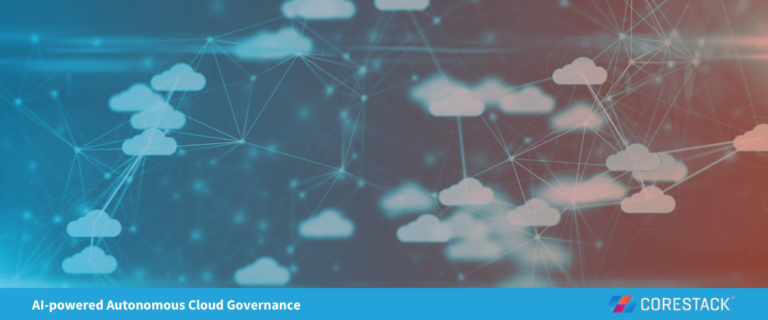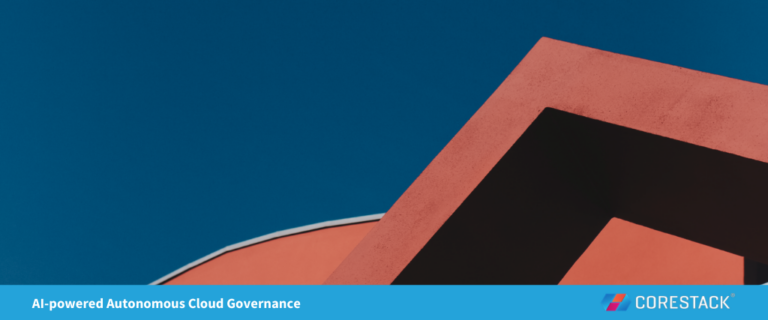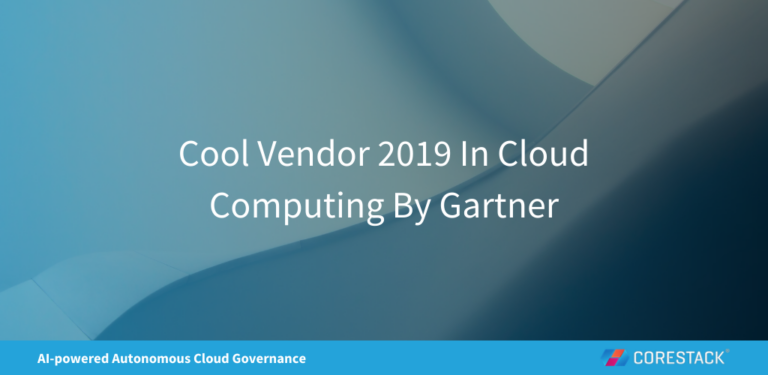The Antidote to Unpredictable Cloud Cost is Real Governance
In the previous blog post (part 4 of the cloud governance series), we discussed cloud security governance. In this blog, we discuss the third pillar of OSCAR Governance framework – Cloud Cost Governance.
A widely pervasive myth about the cloud is that it always saves money. Most organizations enthusiastically begin their cloud journey with a determination to reduce IT costs. But soon, they experience that the costs are skyrocketing. The fundamental reason for this paradox is that there is not enough importance given to automation and governance especially at the early stages of cloud adoption. Over time as cloud consumption increases, it gets extremely challenging to predict, manage, and control costs. The complex modern IT landscape, which is an integration of SaaS, on-premise, and multiple clouds, makes it even more challenging to manage costs.
The cost overrun can be so rapid that it discourages enterprises to even think of expanding cloud usage. Hence, cost management forms an important part of overall cloud governance. Cloud Cost governance is vital not only to keep costs under control but also in estimating the ROI of newer projects.
Actionable visibility
Cloud-cost optimization cannot be achieved manually in a spreadsheet. Automation is paramount. For automation to be effective, it is critical to understand the underlying cost drivers.
So, the first step to cost governance is to gain detailed visibility of cloud resource usage and the respective cloud spend. Listed below are a few recommended parameters in a cloud dashboard.
- Clouds – E.g., AWS, Azure, Google cloud in a multi-cloud environment
- Resource – Compute, storage, network, PaaS, etc.
- Department
- Region or cost center – For multi-national operations
- Tags – Development or production environments, by project, by department, etc.
Budget controls
- Set cloud budgets at various levels such as department, subscription, and project
- Track the actual spend against the budget
Charge-back Mechanism
- Make cloud consumers accountable for what they spend. The costs must be charged back to respective departments or user groups
- This will motivate them to monitor the costs and pursue cost optimization opportunities
Mapping cloud costs to business KPIs and goals is another great practice to measure the impact of cost growth. Always aiming to curtail cloud costs is also not desirable especially in high-growth business situations. So, cost visibility, it’s impact, and charge-back are highly recommended.
Cost optimization
Optimize cloud spend by continuously monitoring cloud infrastructure utilization and providing rightsizing recommendations
- Under-utilized resources
- Orphaned resources
- Right usage commitments e.g., reserved instances or on-demand
Automation
Set-up these automated alerts and notifications to increase visibility and accountability:
- Budget overruns
- Cost spikes
- Untagged infrastructure
- Orphaned and under-utilized resources
- Unoptimized resource configurations
The organizations that do save money using the cloud are not only identifying the right use cases but are doing all the right things in terms of optimization, cost management, governance, and IT operational alignment with cloud operating principles.
‘Cloud cost management is not just an operational concern. To be successful, it requires a tight collaboration among the disciplines of governance, architecture, operations, product management, finance and application development’ -Gartner
First aim to leverage cloud-native cost management and governance services. Then augment it using any third-party tool.
In the next blog, we discuss the fourth pillar of our OSCAR Governance framework which is Cloud Access Governance.
Discover how you can rapidly achieve continuous and autonomous cloud governance at scale. Get 50% increase in cloud operational efficiencies, 40% decrease in costs, 100% compliance with security standards, and much more with CoreStack Enterprise Cloud Governance (ECG) solution.

